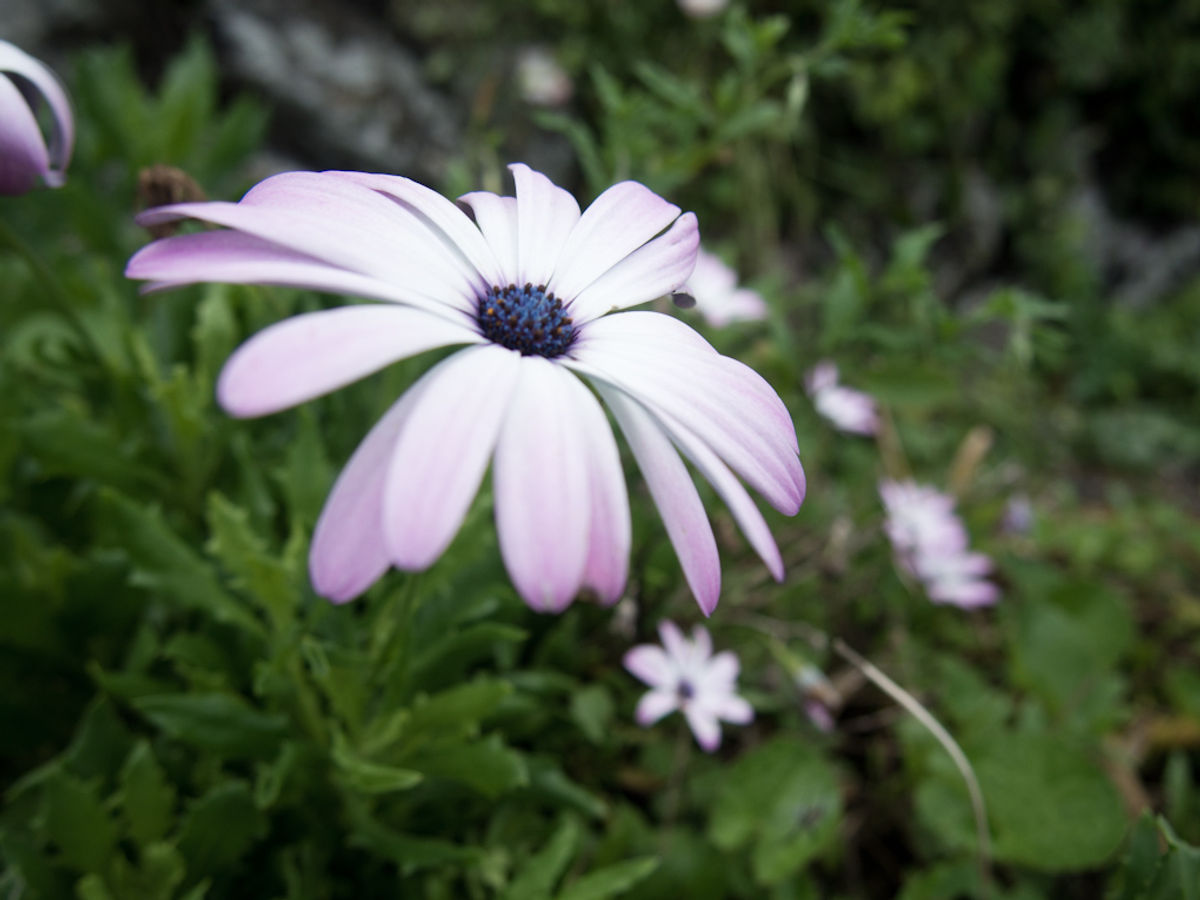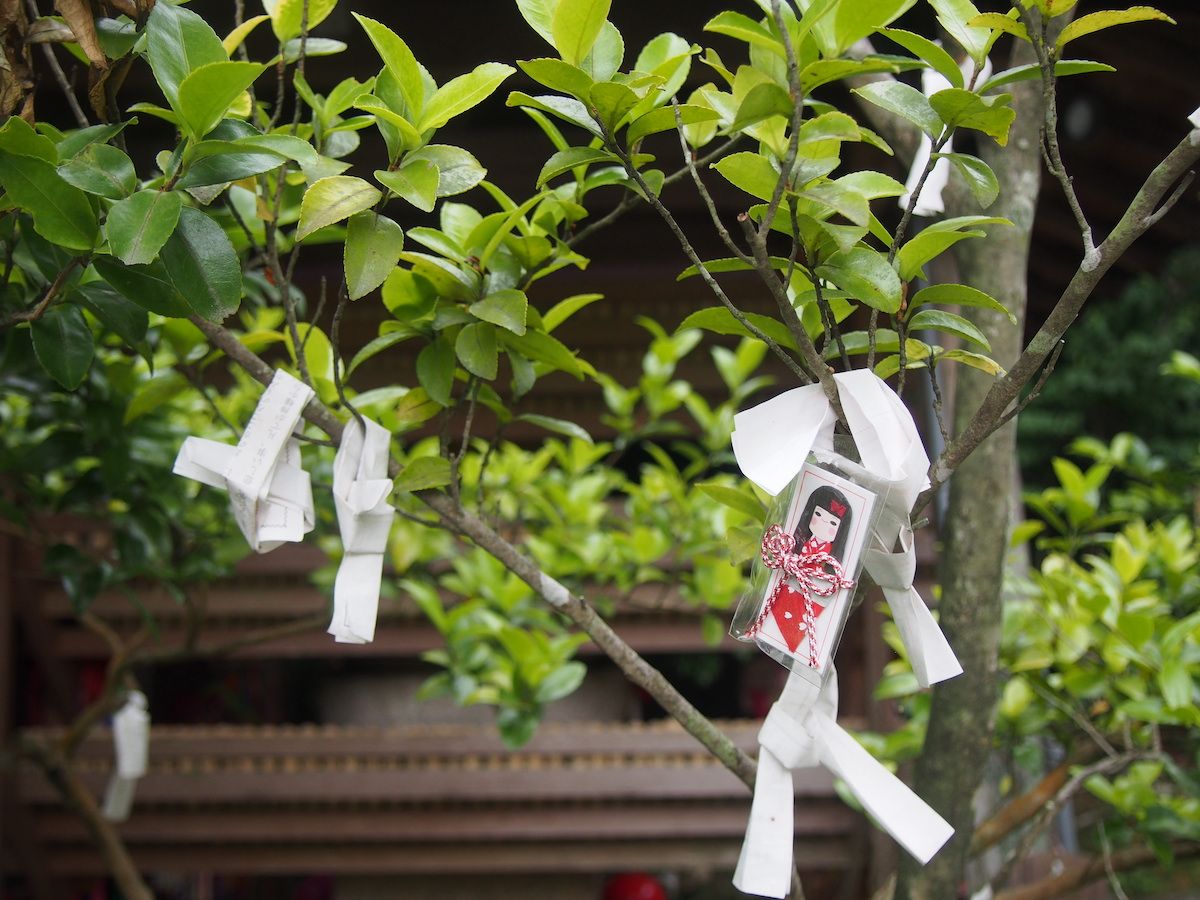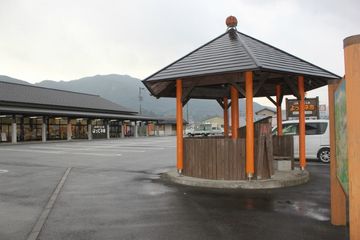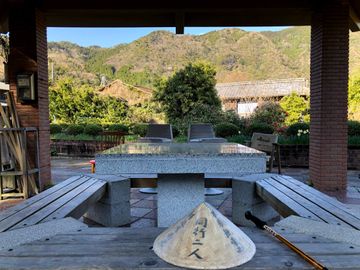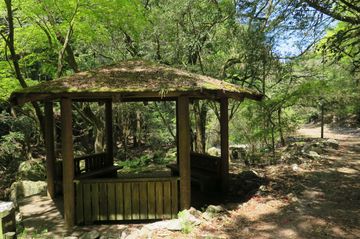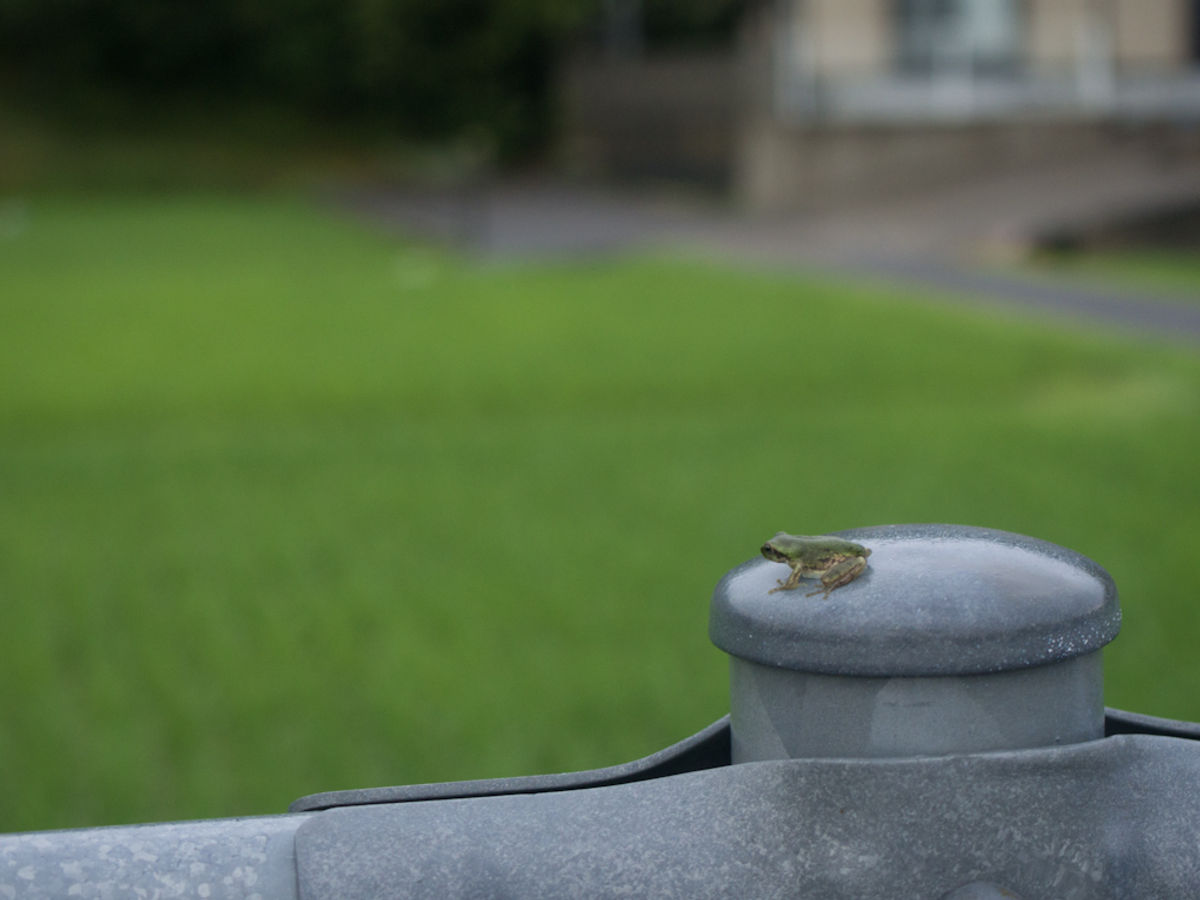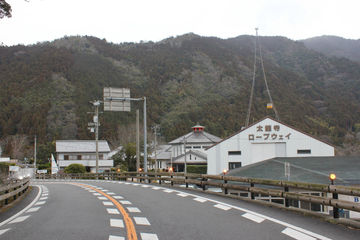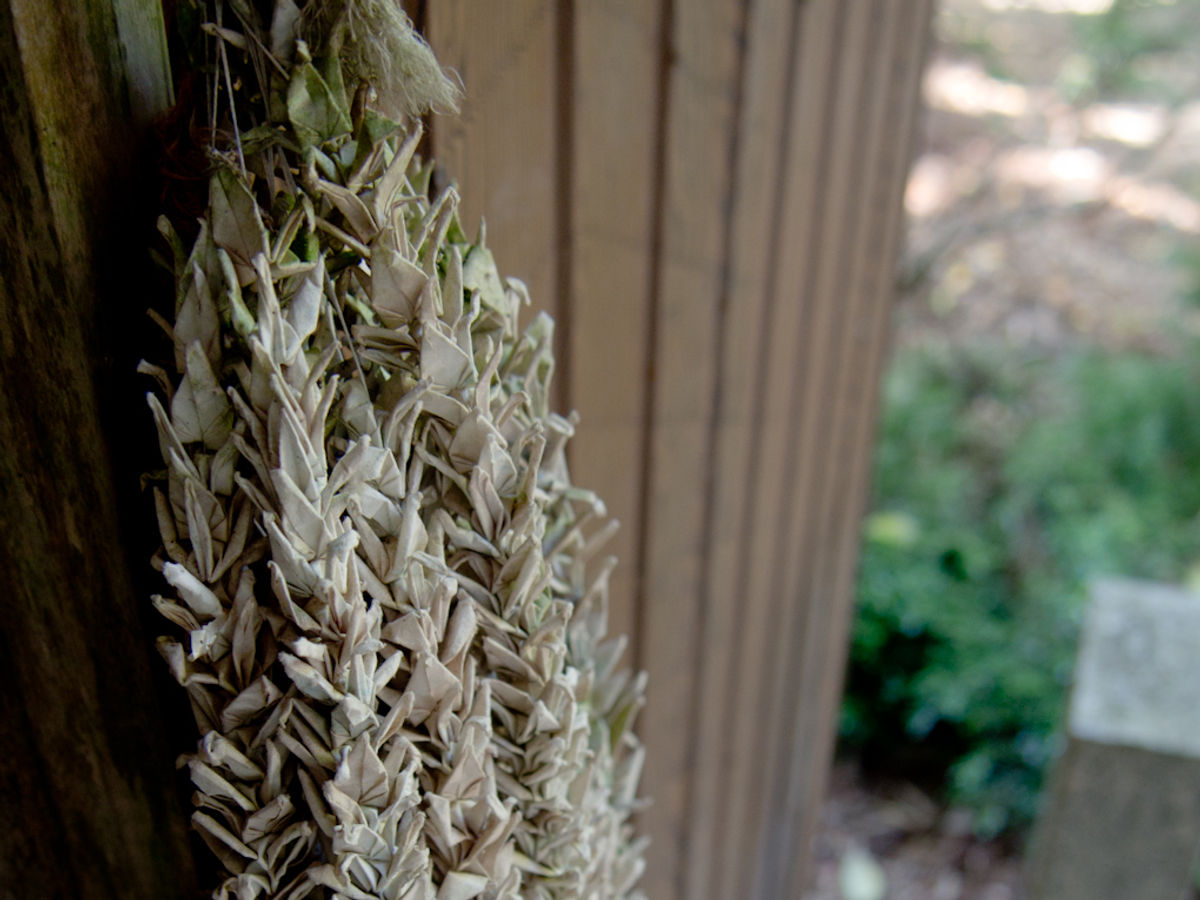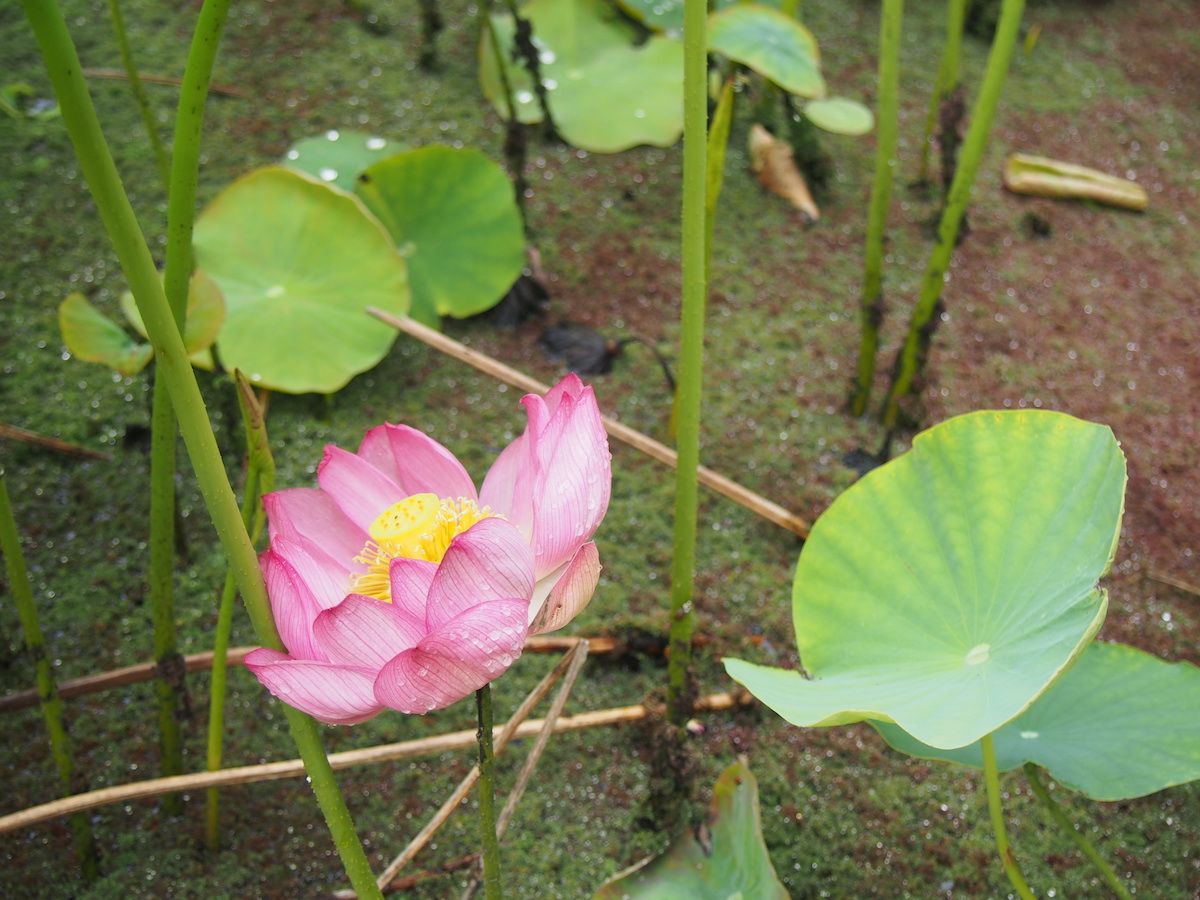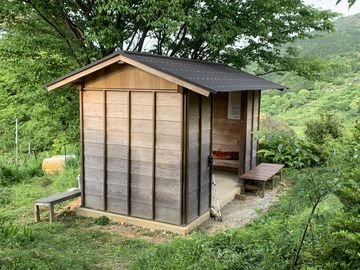
Kakurinji, poised atop Washio Mountain at an elevation of 550 meters, is enveloped in the tranquility of ancient cedars, cypresses, and pines that line the approach to its sacred grounds. This temple's history is steeped in legend and devotion, tracing back to a time when Kobo Daishi (Kukai), the revered founder of Shingon Buddhism, encountered a pair of cranes protecting a small golden Jizo statue during his ascetic practices on the mountain. Moved by this auspicious sight, Kobo Daishi carved a 90cm-tall Jizo Bodhisattva statue from a nearby sacred tree, enshrining the golden Jizo within it, and thus established the temple, naming it Kakurinji in honor of the cranes.
The journey to Kakurinji traverses a secluded pilgrim path approximately 4km long, marked by 21 stone pillars serving as milestones of hardship and perseverance. These pillars, known as “Chouishi,” are inscribed with dates spanning from 1362, evoking the spiritual dedication of devotees from the Muromachi period. The path itself, preserved through two decades of volunteer efforts by temple parishioners, was designated a national historic site in 1998, reflecting its cultural and historical significance.
The temple complex, strategically positioned across three levels on the mountainside at an elevation of 470 meters, is a harmonious blend of natural beauty and architectural elegance. The three-storied pagoda, a distinctive feature nestled among ancient trees, stretches towards the sky, embodying the temple's spiritual aspirations. Constructed between 1817 and 1827, this pagoda is unique in Tokushima Prefecture, celebrated for its intricate balustrades and the use of specific architectural elements across its tiers, and was declared a prefectural important cultural property in 1952.
Kakurinji’s historical narrative is further enriched by its deep imperial and samurai patronage, having been founded, according to temple records, in 798 by the decree of Emperor Kanmu. The temple’s spiritual and cultural legacy attracted the devotion of successive emperors and renowned warriors, including Minamoto no Yoritomo and Yoshitsune, ensuring its prosperity through the construction of temple buildings and the donation of lands. Despite the widespread destruction of temples in the Awa region during the Tensho War (1573-1592), Kakurinji’s secluded mountaintop location spared it from harm, allowing its legacy to continue unblemished.
Noteworthy within the temple grounds are the Chouishi, the oldest stone milepost in Tokushima Prefecture, marking the pilgrim’s path with historical inscriptions from the Muromachi period, and the pagoda, designated as an important cultural property. These elements, along with the temple’s storied past and its embodiment of natural beauty, make Kakurinji not only a center of spiritual devotion but also a custodian of Japan’s rich cultural heritage.
Hours
ClosedAmenities & Facilities
Key Distances & Elevations


